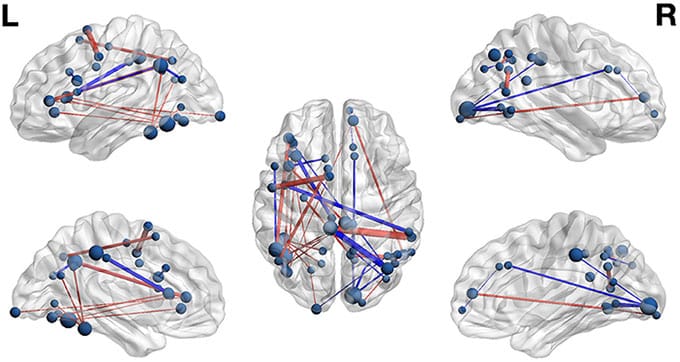New Study Reveals Brain Activity Patterns During Reading

Scientists have unveiled groundbreaking insights into how the human brain processes written language, according to a recent study published in April 2025 in the journal Neuroscience & Biobehavioral Reviews. Conducted by a team at the Max Planck Institute for Human Cognitive and Brain Sciences, the research analyzed 163 neuroimaging studies to explore the neural mechanisms involved in reading. The findings reveal the intricate synchronization of various brain regions, particularly in the left hemisphere and cerebellum, as they work together to decode different types of written content.
Understanding the Brain’s Response to Reading
The research team, consisting of Sabrina Turker, Philip Kuhnke, Gesa Hartwigsen, and Beatrice Fumagalli, discovered that distinct areas of the brain activate depending on the nature of the reading material. For instance, the left occipital cortex shows heightened activity when individuals read letters, while more complex structures in the left hemisphere engage when processing words, sentences, and paragraphs. Interestingly, the study also highlighted that when participants read pseudo-words, unique brain regions were activated, indicating the brain’s challenge in distinguishing between familiar and unfamiliar language.
The Contrast Between Silent and Aloud Reading
A significant finding of the study is the difference in brain activity between silent and aloud reading. Aloud reading activates regions associated with sound and movement, while silent reading engages more complex areas that require greater mental resources. The researchers concluded that silent reading demands more cognitive effort than reading aloud, shedding light on the varying levels of brain engagement involved in different reading modalities.
Explicit and Implicit Reading Tasks Explored
The study also delved into how the brain reacts to explicit versus implicit reading tasks. Explicit reading, such as silent word reading and lexical decision tasks, resulted in stronger activation in specific brain regions, including the cerebellar cortices and left orbitofrontal areas. In contrast, implicit reading tasks activated both sides of the inferior frontal regions, along with the insular areas. This differentiation in brain response underscores the complexity of reading processes and how they can vary based on the task at hand.
Implications for Reading Challenges
The insights gained from this research hold significant potential for supporting individuals with reading difficulties. By understanding how the brain reacts differently to silent reading, educators and healthcare professionals can tailor interventions for conditions like dyslexia. This knowledge could lead to more effective strategies for helping those who struggle with reading, ultimately enhancing their learning experiences and outcomes.
Observer Voice is the one stop site for National, International news, Sports, Editor’s Choice, Art/culture contents, Quotes and much more. We also cover historical contents. Historical contents includes World History, Indian History, and what happened today. The website also covers Entertainment across the India and World.
Follow Us on Twitter, Instagram, Facebook, & LinkedIn

